Home>Furniture & Design>Outdoor Furniture>How To Care For Outdoor Plants In Winter
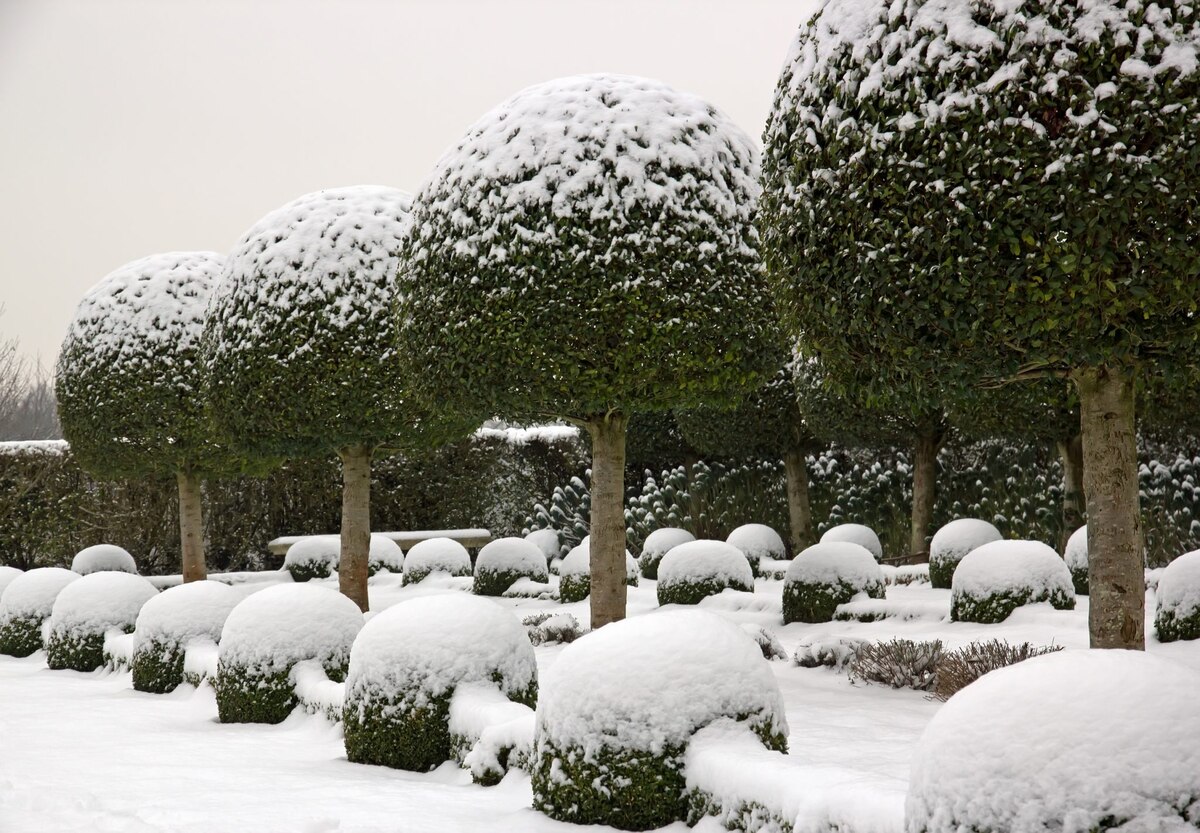

Outdoor Furniture
How To Care For Outdoor Plants In Winter
Modified: January 15, 2024
Learn how to protect your outdoor furniture and design during the winter months with our expert tips for caring for outdoor plants. Keep your outdoor space looking great all year round!
(Many of the links in this article redirect to a specific reviewed product. Your purchase of these products through affiliate links helps to generate commission for Storables.com, at no extra cost. Learn more)
Introduction
Winter can be a challenging time for outdoor plants, as they face harsh weather conditions that can take a toll on their health and vitality. As the temperature drops and the days grow shorter, it's essential to provide the necessary care and protection to help outdoor plants thrive during the colder months. Whether you have a vibrant garden, a cozy patio filled with potted plants, or a lush landscape surrounding your home, understanding the specific needs of outdoor plants in winter is crucial for their survival and future growth.
In this comprehensive guide, we will explore the best practices for caring for outdoor plants in winter. From understanding their unique requirements to providing adequate protection against the elements, we will delve into the essential strategies that will help your plants withstand the winter season. Additionally, we will discuss the importance of proper watering, pruning, and maintenance to ensure that your outdoor plants remain healthy and resilient.
As we embark on this journey, it's important to approach winter plant care with a blend of knowledge, dedication, and a touch of nurturing warmth. By implementing the tips and techniques outlined in this guide, you can create an environment that supports the well-being of your outdoor plants, allowing them to flourish even in the midst of winter's chill. Let's dive into the world of winter plant care and discover the secrets to nurturing thriving outdoor greenery throughout the colder months.
Key Takeaways:
- Embrace winter plant care by understanding the needs of outdoor plants, providing protection, and adjusting watering and maintenance practices to ensure their resilience and vitality throughout the colder months.
- Nurturing outdoor plants in winter involves insulating them from harsh weather, watering strategically, and pruning thoughtfully, creating a sanctuary where nature’s grace endures and the promise of growth awaits the arrival of spring.
Read more: What Are Good Outdoor Winter Plants
Understanding the Needs of Outdoor Plants in Winter
Winter brings about a significant shift in environmental conditions, impacting outdoor plants in various ways. Understanding the specific needs of outdoor plants during this season is essential for providing them with the care they require to survive and thrive. Here are the key factors to consider when tending to outdoor plants in winter:
- Temperature Tolerance: Different plant species exhibit varying degrees of tolerance to cold temperatures. It’s crucial to be aware of the specific temperature thresholds that your outdoor plants can withstand. Some plants are hardy and can endure freezing temperatures, while others may require additional protection or even relocation to a sheltered area during winter.
- Moisture Levels: Winter often brings fluctuations in moisture levels, with periods of rain, snow, and dry spells. Understanding how these changes affect the soil moisture around your plants is vital. Excessive moisture can lead to root rot, especially in plants that are dormant during winter. Conversely, prolonged dry spells can cause dehydration and stress. Balancing moisture levels is key to supporting the health of outdoor plants.
- Light Exposure: With shorter daylight hours during winter, the amount of sunlight reaching outdoor plants is reduced. Some plants may require additional light or benefit from being repositioned to maximize exposure to available sunlight. Understanding the light requirements of your plants can help mitigate the effects of reduced daylight during the winter months.
- Wind Protection: Cold winds can exacerbate the impact of low temperatures on outdoor plants. Providing windbreaks or shelter for vulnerable plants can help minimize the drying effects of strong winds and protect delicate foliage from damage.
- Dormancy and Growth: Many outdoor plants enter a period of dormancy during winter, redirecting their energy inward to conserve resources. Understanding the natural growth cycles and dormancy patterns of your plants is crucial for adjusting care practices accordingly. Pruning and fertilization may need to be modified to support this dormant phase.
By comprehensively understanding the needs of outdoor plants in winter, you can tailor your care regimen to provide targeted support that addresses the specific challenges posed by the season. Armed with this knowledge, you can embark on the journey of nurturing your outdoor plants through the winter months with confidence and precision.
Providing Adequate Protection for Outdoor Plants
As winter sets in, outdoor plants require thoughtful protection to shield them from the harsh elements and ensure their well-being. Implementing strategies to safeguard plants from the cold, wind, and moisture fluctuations is essential for their survival. Here are key measures to provide adequate protection for outdoor plants during the winter:
- Insulating Coverings: Utilize insulating materials such as burlap, frost blankets, or specialized plant covers to shield vulnerable plants from freezing temperatures. These coverings help trap heat and create a protective barrier against the cold, preventing frost damage to foliage and delicate stems.
- Mulching: Apply a layer of organic mulch around the base of outdoor plants to insulate the soil and regulate soil temperature. Mulch acts as a protective blanket, reducing temperature fluctuations and minimizing the impact of freezing and thawing cycles on plant roots.
- Temporary Shelters: For potted plants or smaller shrubs, consider moving them to a sheltered location, such as a garage or covered patio, during periods of extreme cold or inclement weather. This temporary relocation provides a shield against harsh conditions while maintaining adequate light exposure.
- Wind Barriers: Erect windbreaks or barriers to shield outdoor plants from strong winds, which can accelerate moisture loss and cause desiccation. Solid fences, temporary windbreak panels, or natural barriers such as evergreen shrubs can effectively mitigate the drying effects of winter winds.
- Wrapping and Staking: Tender plants and young trees may benefit from wrapping with protective materials, such as tree wrap or burlap, to guard against frost and wind damage. Additionally, staking larger plants can provide stability and prevent damage from heavy snow or ice accumulation.
By implementing these protective measures, you can create a fortified environment that shields outdoor plants from the adverse effects of winter weather. Providing a protective barrier against cold, wind, and moisture fluctuations is a proactive approach to ensuring the resilience and vitality of your outdoor greenery throughout the winter season.
Water outdoor plants in the winter sparingly, as they require less water during the dormant season. Be sure to protect them from harsh winds and frost by covering them with a layer of mulch or burlap.
Watering Outdoor Plants in Winter
Winter presents unique challenges when it comes to watering outdoor plants, as the combination of cold temperatures and varying moisture levels can impact plant health. Understanding the principles of winter watering is crucial for maintaining proper hydration without exposing plants to potential harm. Here are essential considerations for watering outdoor plants during the winter months:
- Monitoring Soil Moisture: Regularly assess the moisture levels in the soil around outdoor plants, taking into account factors such as precipitation, snowmelt, and periods of thawing. While plants may require less frequent watering during winter, it’s essential to prevent soil from becoming excessively dry or waterlogged, both of which can stress plant roots.
- Watering During Thawed Periods: Take advantage of periods when the ground is thawed to provide supplemental watering to outdoor plants. This is particularly important for evergreen shrubs and trees, which continue to lose moisture through their foliage during winter. Deep, thorough watering during these intervals can help replenish moisture and support plant vitality.
- Choosing the Right Timing: Water outdoor plants in the morning to allow excess moisture to evaporate during the daylight hours, reducing the risk of prolonged wetness that can lead to fungal diseases. Avoid watering in the evening, as prolonged dampness overnight can compromise plant health in cold temperatures.
- Adjusting for Potted Plants: Potted outdoor plants may require more frequent monitoring and watering, as their root systems are more exposed to temperature fluctuations. Inspect potted plants regularly and water when the soil surface is dry to the touch, ensuring that excess water can drain freely from the container.
- Protecting Against Frost Heaving: In regions with freezing and thawing cycles, ensure that outdoor plants, especially newly planted ones, are adequately watered before the ground freezes. Proper hydration helps prevent frost heaving, a phenomenon where plants are pushed out of the soil by the expansion of ice, which can expose roots to damage.
By adhering to these principles of winter watering, you can provide the necessary moisture for outdoor plants to thrive while mitigating the risks associated with overwatering or drought stress. Thoughtful and targeted watering practices contribute to the overall resilience and health of outdoor plants throughout the winter season.
Pruning and Maintenance of Outdoor Plants in Winter
Winter presents an opportune time for strategic pruning and maintenance of outdoor plants, laying the groundwork for healthy growth in the upcoming seasons. While the dormant period may limit visible growth, it offers a window of opportunity to address structural issues, promote plant vigor, and prepare for the eventual resurgence of spring. Here are essential guidelines for pruning and maintaining outdoor plants during the winter:
- Strategic Pruning: Utilize the winter months for selective pruning to remove dead or damaged branches, improve plant structure, and encourage new growth. Pruning can enhance air circulation within the canopy, reduce disease risk, and shape plants to achieve desired aesthetics. Focus on precision and avoid excessive pruning, which can stress plants during dormancy.
- Sanitizing Tools: Prior to pruning, ensure that cutting tools such as pruning shears and loppers are clean and sharp. Sanitize the blades with a solution of diluted bleach or rubbing alcohol to prevent the spread of diseases between plants. Sharp, clean cuts promote faster healing and minimize the risk of infection.
- Inspecting for Pests and Diseases: Winter provides an opportunity to closely inspect outdoor plants for signs of pest infestations, disease symptoms, or structural weaknesses. Addressing these issues during the dormant season can prevent their escalation and support the overall health of the plants.
- Applying Protective Treatments: Consider applying horticultural oils or dormant sprays to outdoor plants, targeting overwintering pests and their eggs. These treatments can help control pests and mitigate potential infestations once the growing season resumes, providing a proactive approach to pest management.
- Monitoring Plant Health: Continuously monitor the overall health and condition of outdoor plants during winter, paying attention to any signs of stress, nutrient deficiencies, or environmental damage. Addressing these factors promptly can prevent long-term issues and support the plants’ resilience.
By embracing the practice of winter pruning and maintenance, you can set the stage for vibrant, healthy outdoor plants in the seasons to come. Thoughtful and proactive care during the dormant period contributes to the long-term well-being and vitality of your outdoor greenery, ensuring that they emerge from winter ready to thrive and flourish.
Read more: How To Protect Outdoor Plants From Winter
Conclusion
As winter casts its icy veil over the outdoor landscape, the care and well-being of plants become a focal point for nurturing nature’s vitality. By understanding the unique needs of outdoor plants during the winter months and providing them with targeted protection, hydration, and maintenance, you can cultivate an environment where greenery thrives even amidst the season’s challenges.
From insulating plants against freezing temperatures to strategically pruning and monitoring their health, the winter season offers an opportunity to tend to outdoor plants with a blend of attentiveness and foresight. By embracing the principles of winter plant care, you can foster resilience and prepare your green companions for the eventual embrace of spring’s warmth and rejuvenation.
As you embark on this journey of winter plant care, remember that each act of protection, watering, and maintenance contributes to the tapestry of nature’s resilience. Your dedication to nurturing outdoor plants through the winter not only sustains their beauty and vitality but also fosters a deeper connection with the natural world.
So, as the winter winds whisper through the garden and the earth rests beneath its snowy blanket, let your care and attention be the gentle warmth that sustains the spirit of outdoor plants. Together, let us nurture a sanctuary where nature’s grace endures, and where the promise of growth and renewal awaits the arrival of spring.
Frequently Asked Questions about How To Care For Outdoor Plants In Winter
Was this page helpful?
At Storables.com, we guarantee accurate and reliable information. Our content, validated by Expert Board Contributors, is crafted following stringent Editorial Policies. We're committed to providing you with well-researched, expert-backed insights for all your informational needs.
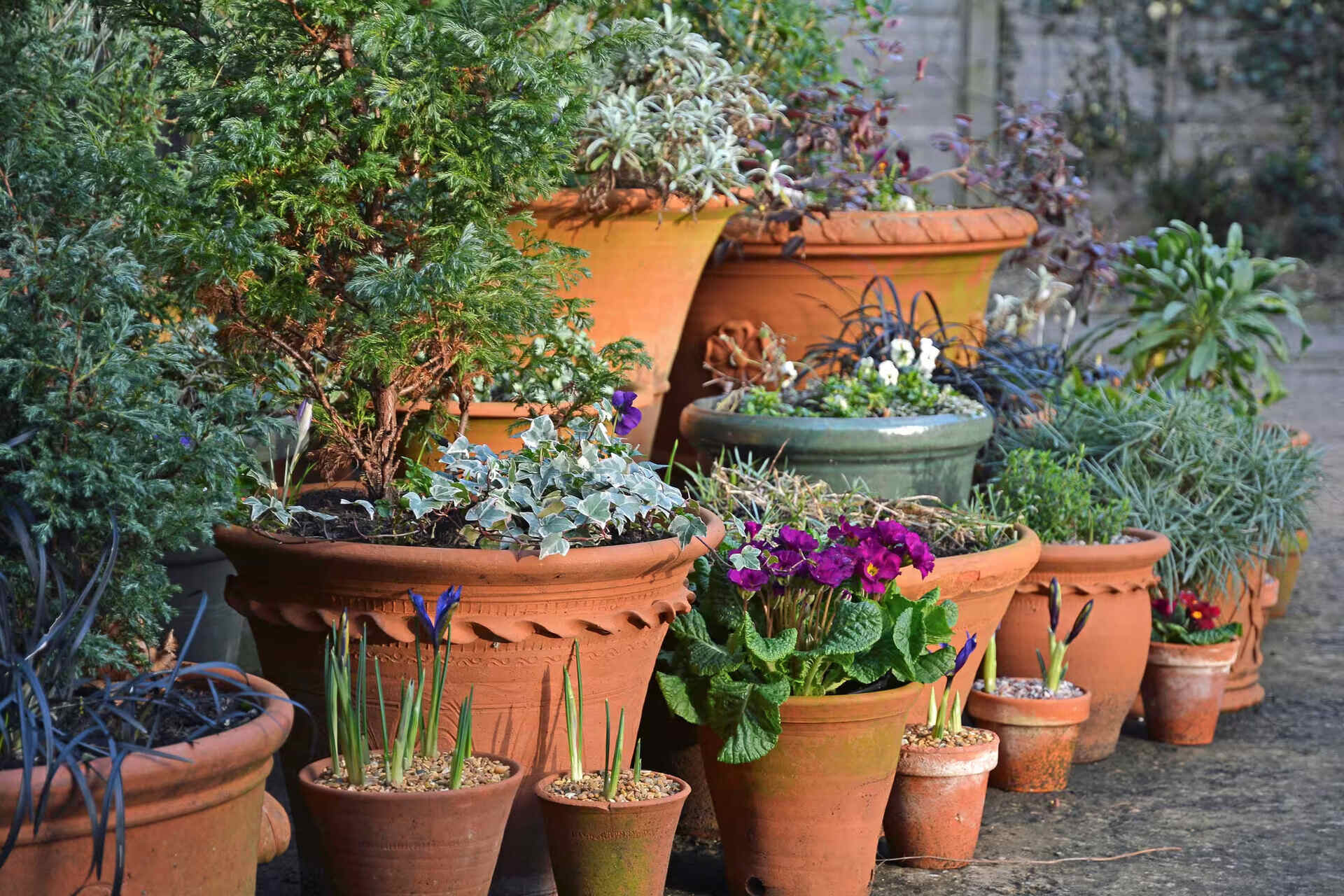

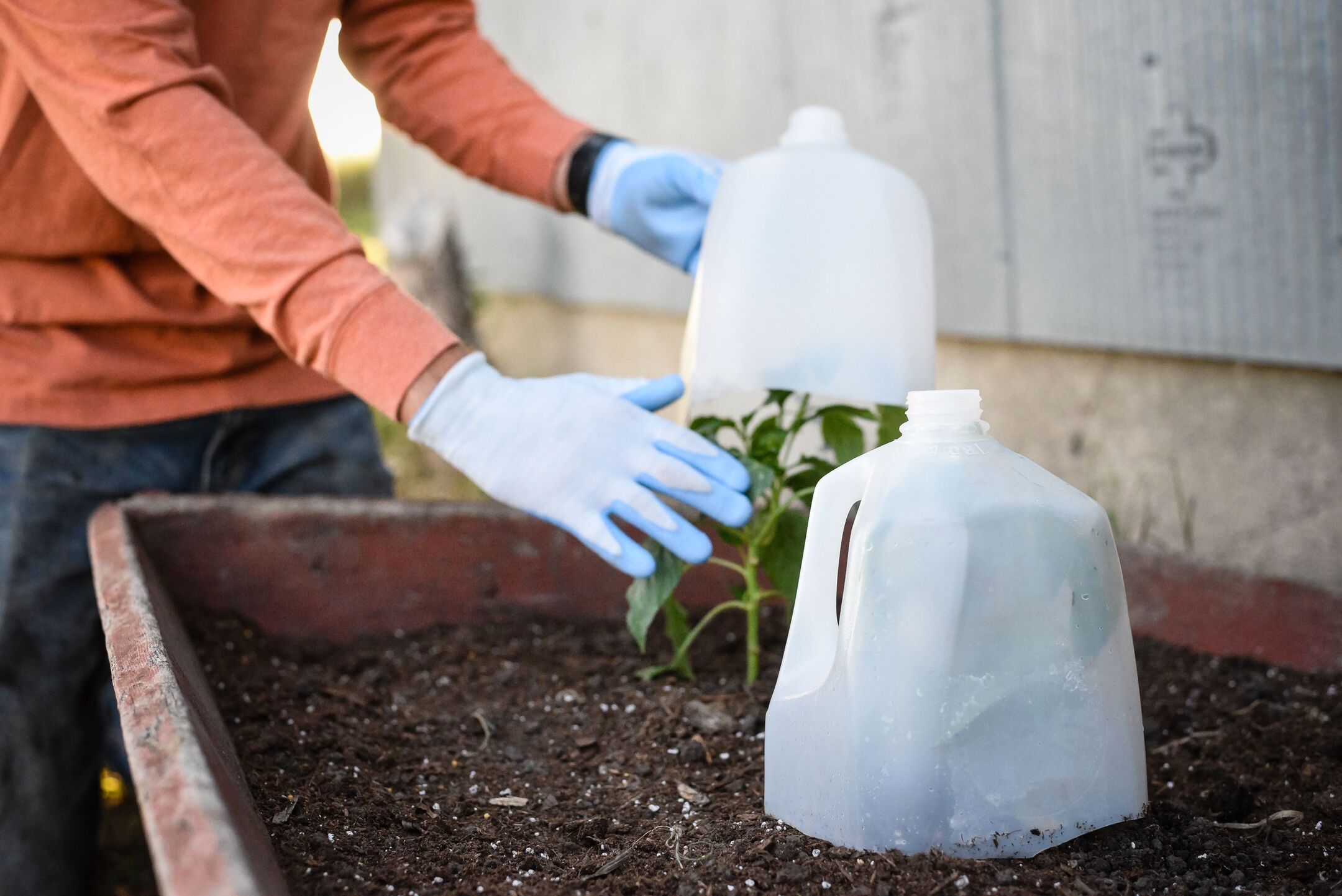

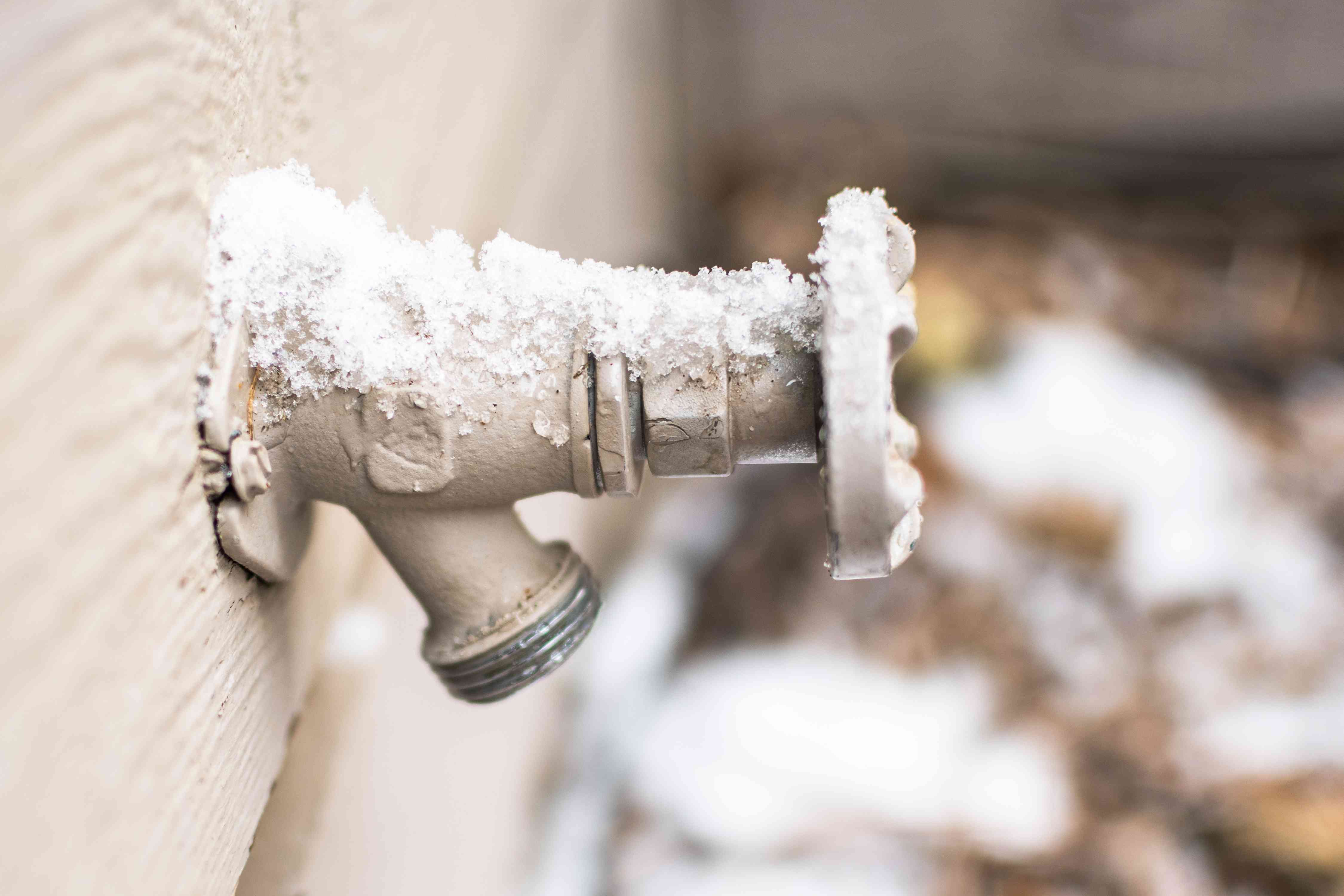


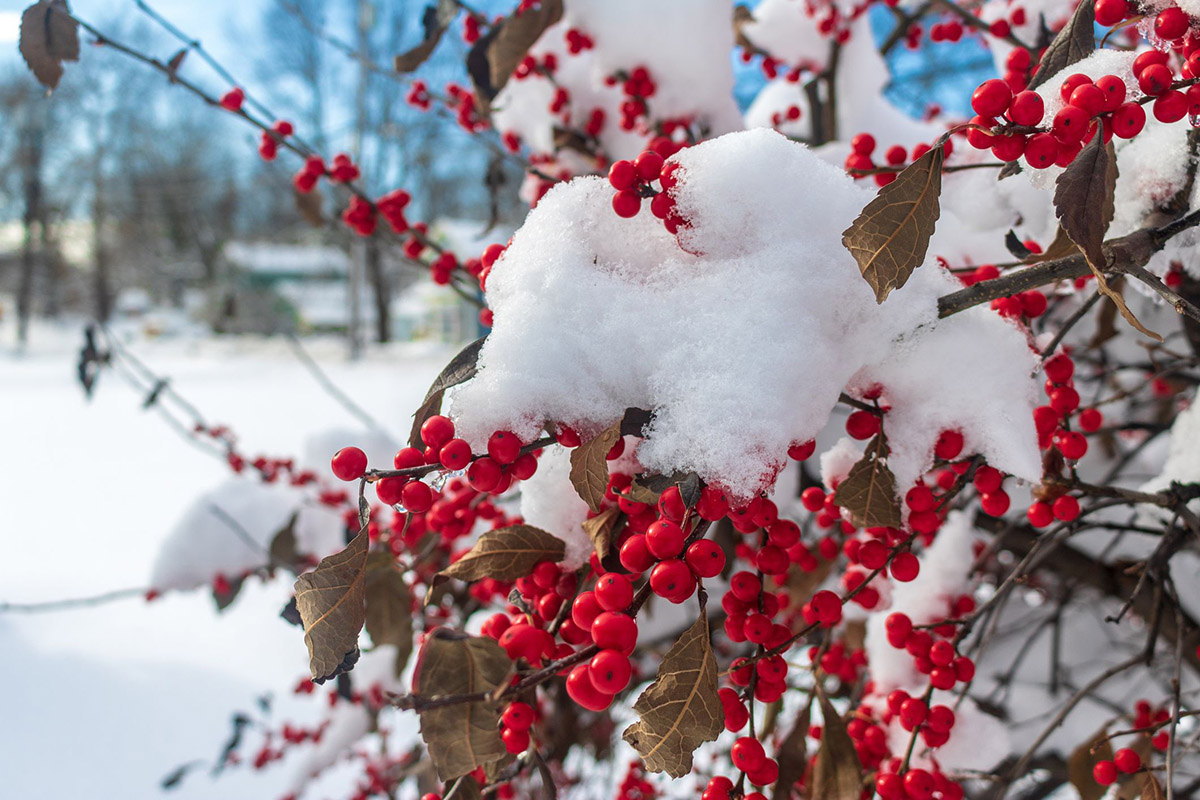
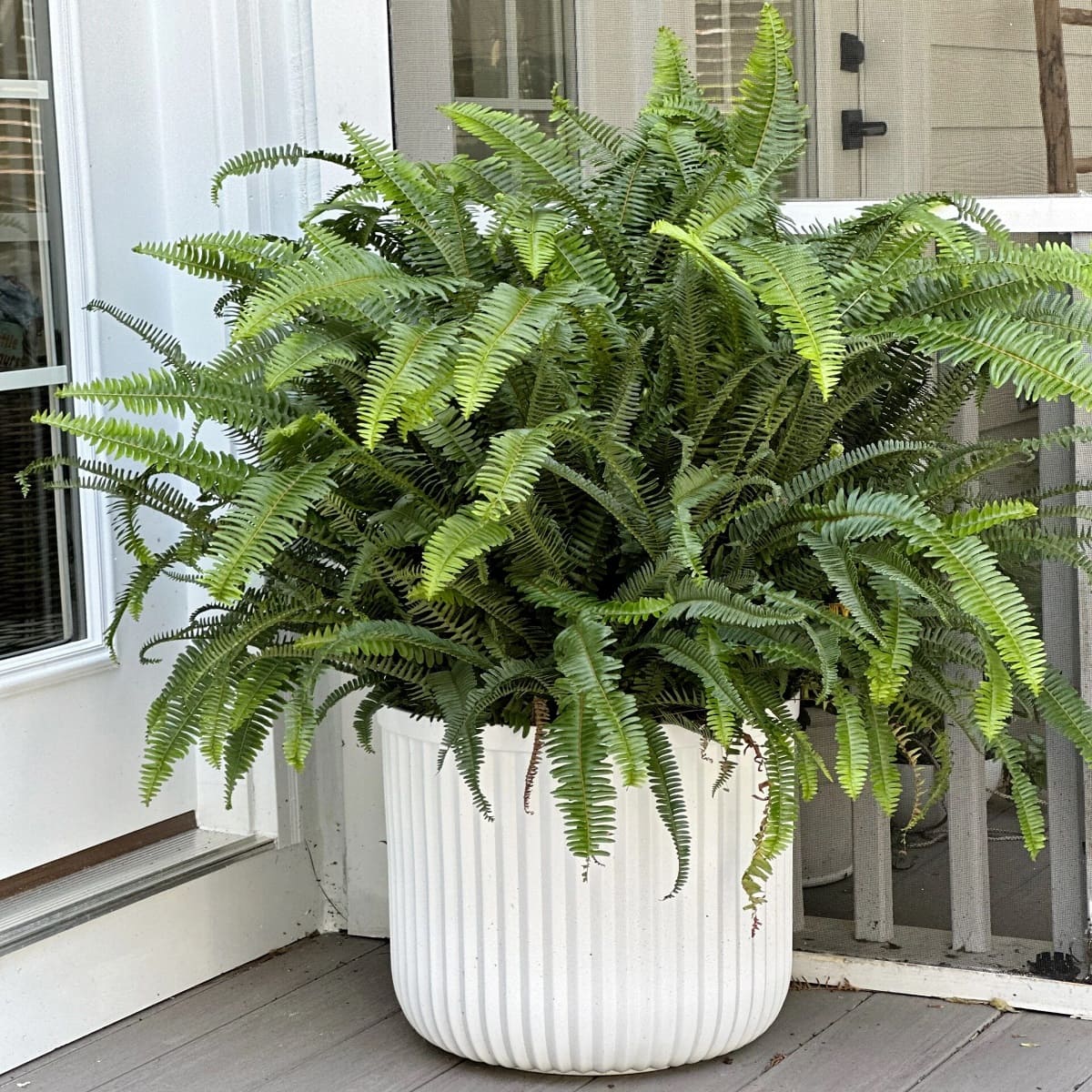
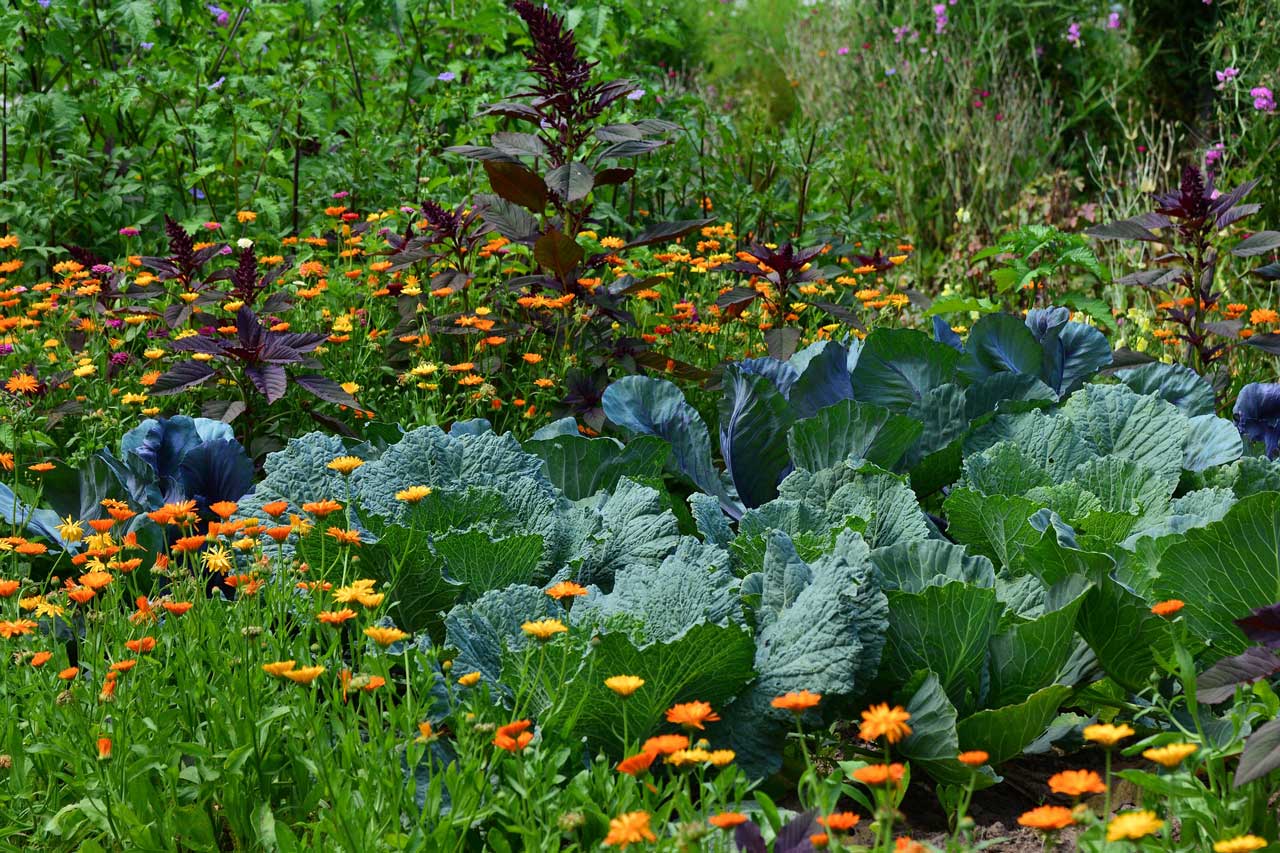

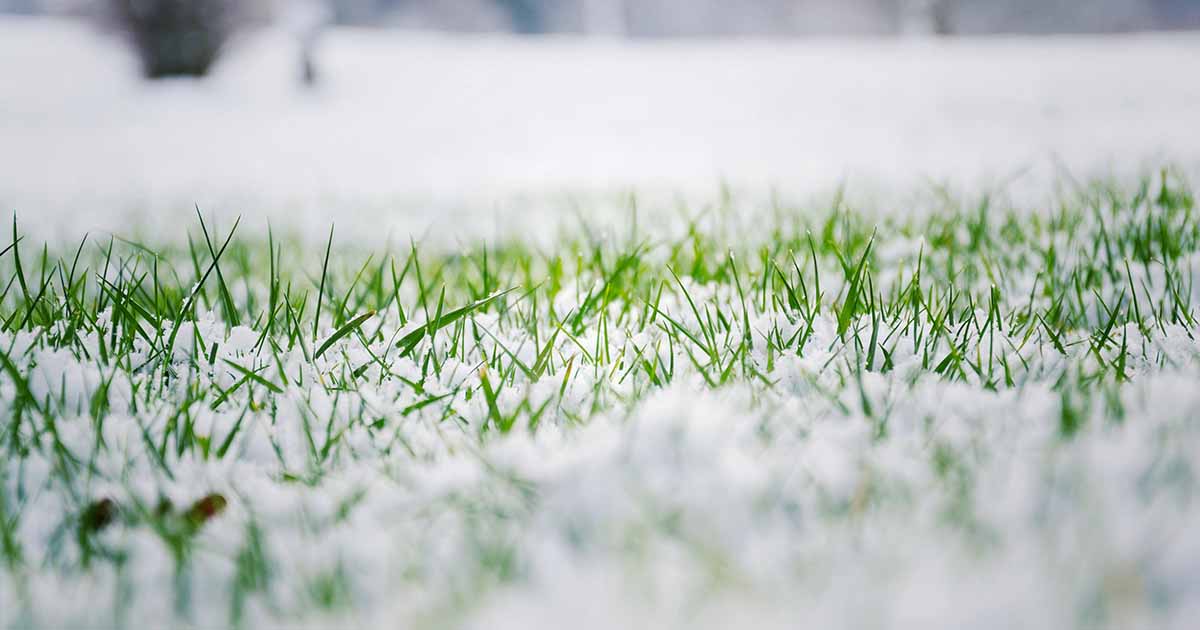

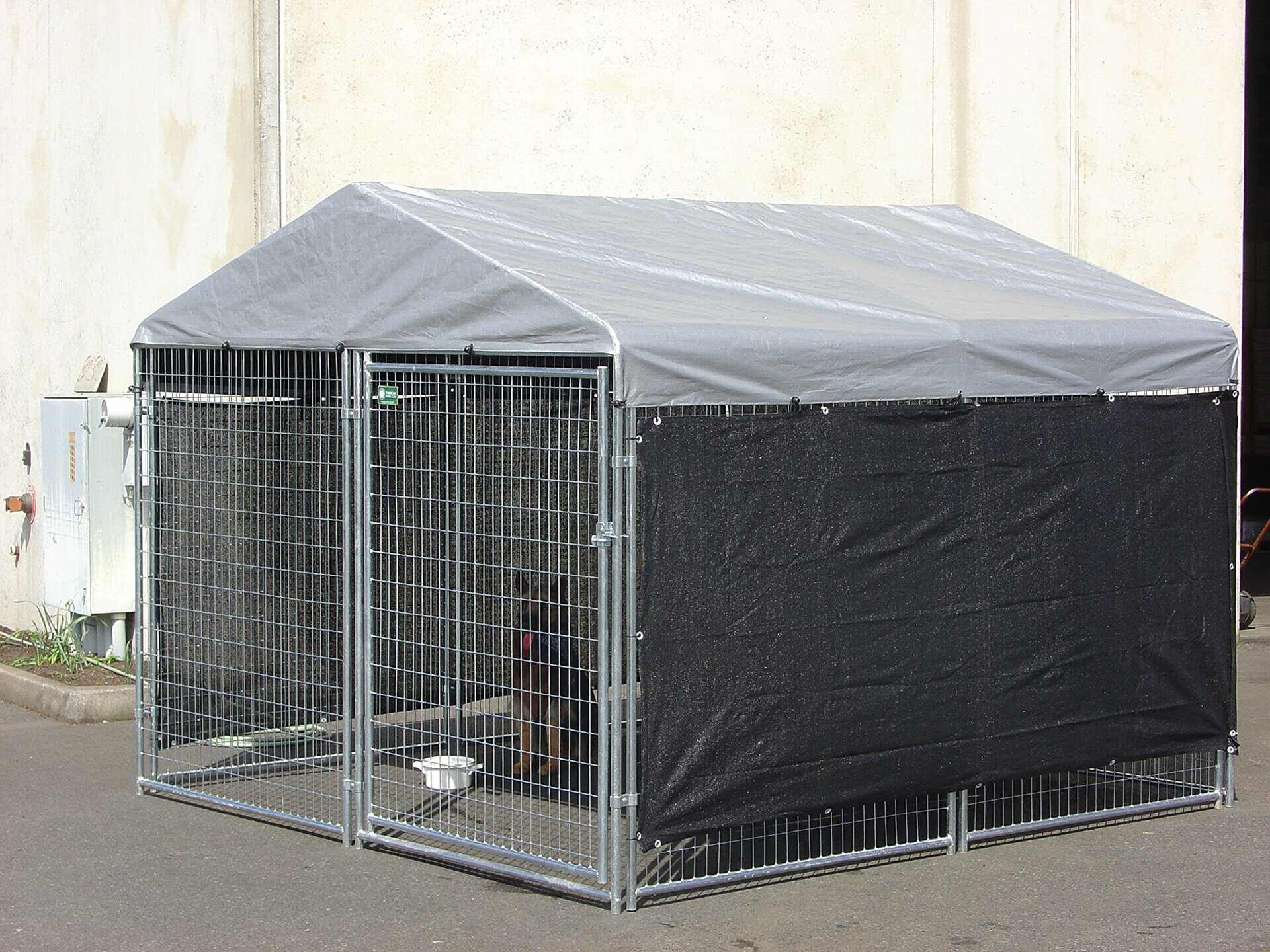

0 thoughts on “How To Care For Outdoor Plants In Winter”